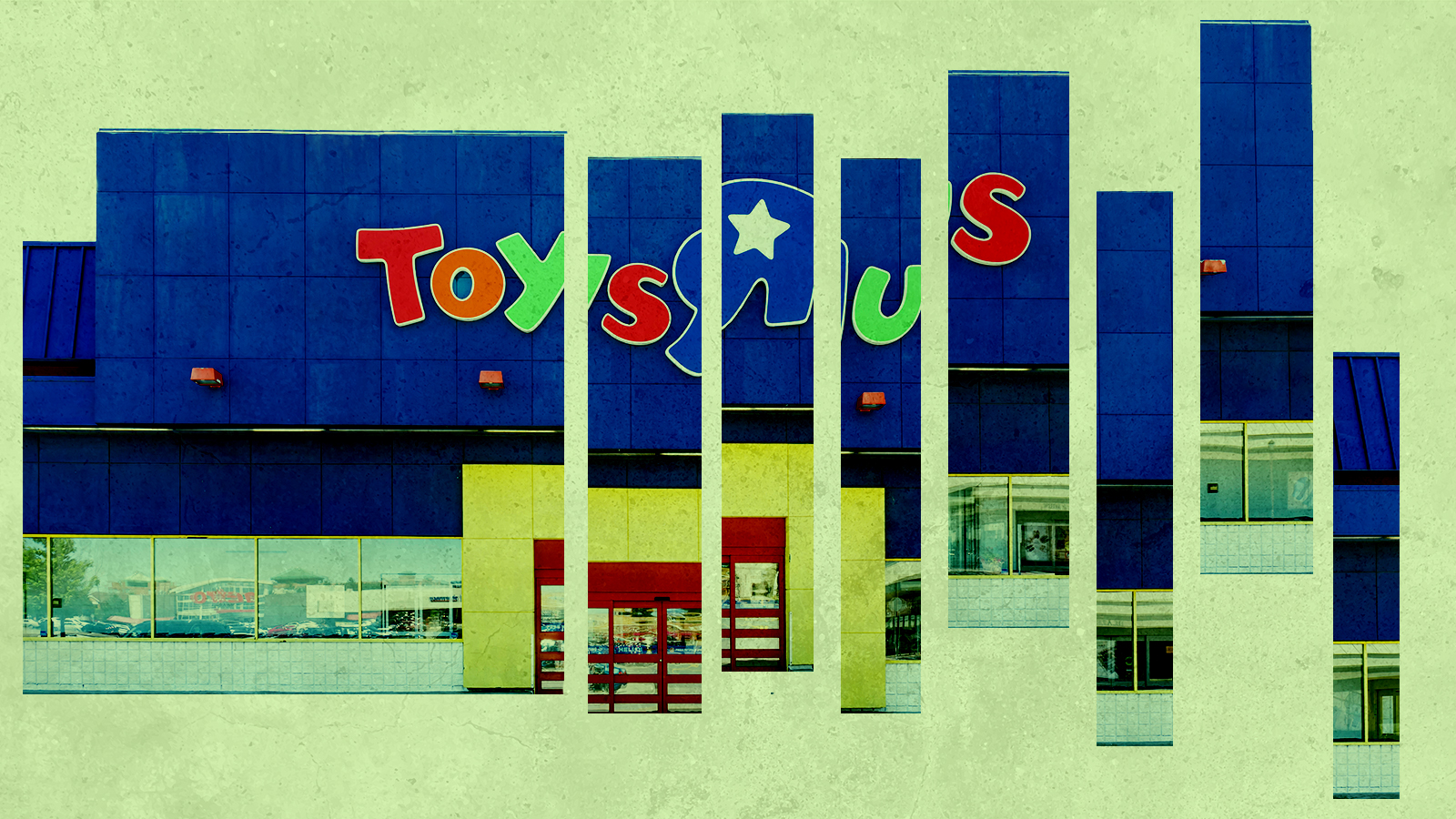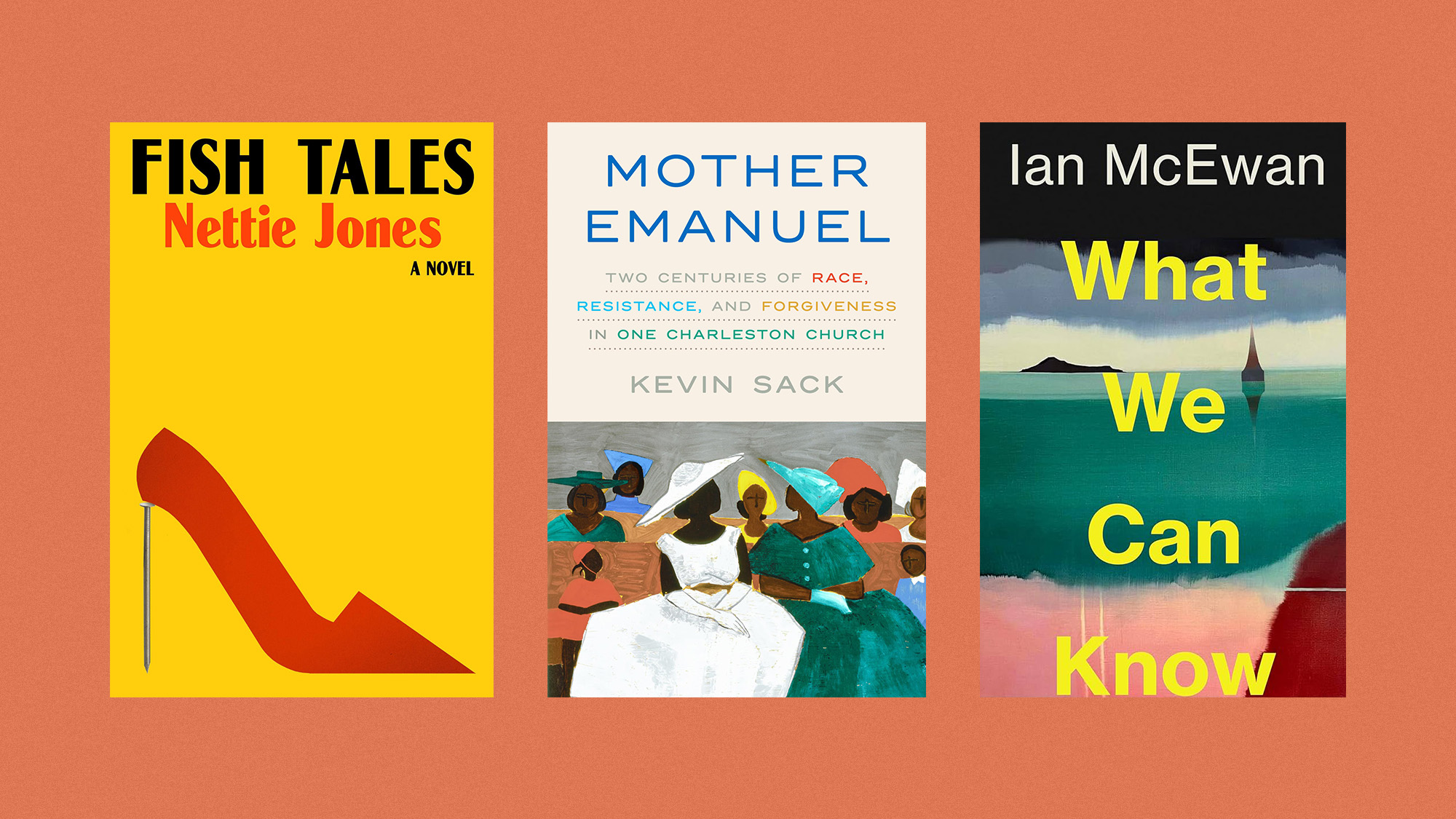The lamentable decline of the medium-box store
Why the middle ground between big-box giants and tiny specialists is a niche shoppers might not miss until it's gone


Borders. Barnes & Noble. Toys 'R' Us. Babies 'R' Us. Buy Buy Baby. Office Depot. Staples. Bed Bath & Beyond. The Container Store. Dick's Sporting Goods. Sports Authority. Circuit City. CompUSA. Michael's. Hobby Lobby. Petco. You can likely think of a few more.
Some of these chains are defunct, some are struggling, and some are thriving. They face the same pressures as all brick-and-mortar retail. But collectively they also fill a unique niche that we might not miss until it's gone. In the industry, they're known as "category killers;" I like to call them "medium-box" stores.
They're based on the same principles of standardization and economies of scale as their big-box cousins — supercenters or discount department stores like Walmart and Target. Drilling down into a single, broadly defined category, and carrying a wide selection within that category, these stores tend to be in the ballpark of 30,000-50,000 square feet — dramatically smaller than a modern supercenter, but quite a bit larger than a small storefront. You might call them the the Goldilocks of retail.
The Week
Escape your echo chamber. Get the facts behind the news, plus analysis from multiple perspectives.

Sign up for The Week's Free Newsletters
From our morning news briefing to a weekly Good News Newsletter, get the best of The Week delivered directly to your inbox.
From our morning news briefing to a weekly Good News Newsletter, get the best of The Week delivered directly to your inbox.
The medium-box store occupies a niche in between the big-box store and the high-end specialty store, often owned by a sole proprietor with deep knowledge and a broad selection of a fairly narrow product. For example, I visited a pen store a couple of weeks ago. The office supply aisle in Walmart may have pens from a few major brands, mostly in bulk packages, and give you a choice between, say, ball-point and gel. It has nothing on a store with hundreds of minutely detailed options: more types of ink refills than Walmart has of actual pens; dozens of brands; every type and color in every tenth of a millimeter. And prices to go with all that. But sometimes, you don't want to spend that kind of money, or you don't need that kind of proprietor's knowledge. You just need a little bit more depth or selection than you'll get from a supercenter or endless Amazon search results. Enter the medium-box store. The expensive pen counter somewhere in the corner of every Staples will serve you just right.
Or consider The Container Store. Somewhere, perhaps, there's a store that sells a lot of variations on a particular type of container — expensive, handmade baskets, for example, or fancy, custom closet organizing equipment. On the other extreme, there's the organizing aisle at Target or Home Depot, which only stocks inexpensive versions of the most commonly desired items. At The Container Store, however, you can get baskets in any size or color, a selection of closet organizing equipment, anything you can think of to hold your kitchen implements, and much more. If you can imagine a home organizing item, you can probably find it in The Container Store. And the prices? Just like the selection, somewhere in the middle.
There's efficiency and convenience here, but there's also quality and curation. There's a deliberateness to the selection that feels well, human, rather than the product of a spreadsheet ruthlessly maximizing revenue per square foot. This is not an argument against big-box stores, necessarily, and certainly not one against small specialty stores. But the medium-box store is a distinct category that combines some of the benefits of both. In swallowing these specialized superstores up into the "big-box" category, usually with an element of derision, we're missing something about their purpose in the retail ecosystem and how it serves us.
The overall trajectory of the category-killer or medium-box segment is mixed. Toys 'R' Us is generally credited with pioneering the category in the post-war era, and for decades, before the Great Recession and the rise of Amazon, the format grew rapidly. Its future is less clear.
A free daily email with the biggest news stories of the day – and the best features from TheWeek.com
A 2011 Harvard Business School article — predating Amazon's current hegemony but barely crawling out of the recession — noted that while all retail was at a tipping point, category killers were "the first significant casualties." The authors wrote, for example, that "Best Buy is working fiercely to reinvent itself." And they observed that "even in categories where only one retailer now exists — Best Buy in electronics and Barnes & Noble in books — the category killer retail model is extremely stressed."
In 2019, deep in the age of Amazon, Warren Shoulberg at Forbes cited the relative success of Best Buy — their reinvention gambit worked out — and Dick's Sporting Goods, as evidence that the segment was alive and well. He noted, for example, that in the run-up to its 2009 closure, Circuit City fired its most experienced salespeople to cut costs, while Best Buy enhanced the brick-and-mortar shopping experience and customers' access to specialized knowledge there. With online discounts abounding, a combination of wide selection with specialized knowledge is the key for medium boxes; they must lean into the knowledge and curation side of their niche going forward.
And then, of course, there's the pandemic. The trajectory of category killers collectively is mixed and difficult to pin down relative to retail in general, Robin Trantham, a senior consultant at commercial real estate analytics firm CoStar Group, explained to The Week. However, the 2020 lockdowns and closures of businesses deemed non-essential seriously hurt the sector, most of which was shuttered, while supermarkets and their discount department store competitors remained open.
The explosion of e-commerce and associated changes in consumer preferences during the pandemic, said Trantham, also disadvantaged those chains which had been struggling to create an "omnichannel platform," or a seamless customer experience between different points of engagement, such as physical stores, apps, and e-commerce. The pandemic has placed serious pressure on many individual chains and on the medium-box sector alike. However, those pressures had mostly been in place already, albeit on a less intense scale.
Some may have trouble feeling sympathy. The category killers consolidated the categories they specialized in, and helped drive a lot of small proprietors out of business. So in one sense, it's only fitting that they suffer the same fate at the hands of even larger and more efficient competitors. But if there's some karmic satisfaction in that arc, there's also the reality that the shrinking of the medium-box sector is a loss for shoppers, who will be left with less knowledge and fewer options.
Addison Del Mastro writes on urbanism and cultural history. Find him on Substack (The Deleted Scenes) and Twitter (@ad_mastro).
-
 ‘Lumpy skin’ protests intensify across France as farmers fight cull
‘Lumpy skin’ protests intensify across France as farmers fight cullIN THE SPOTLIGHT A bovine outbreak coupled with ongoing governmental frustrations is causing major problems for French civil society
-
 The best books of 2025
The best books of 2025The Week Recommends A deep dive into the site of a mass shooting, a new release from the author of ‘Atonement’ and more
-
 Inside Minnesota’s extensive fraud schemes
Inside Minnesota’s extensive fraud schemesThe Explainer The fraud allegedly goes back to the Covid-19 pandemic
